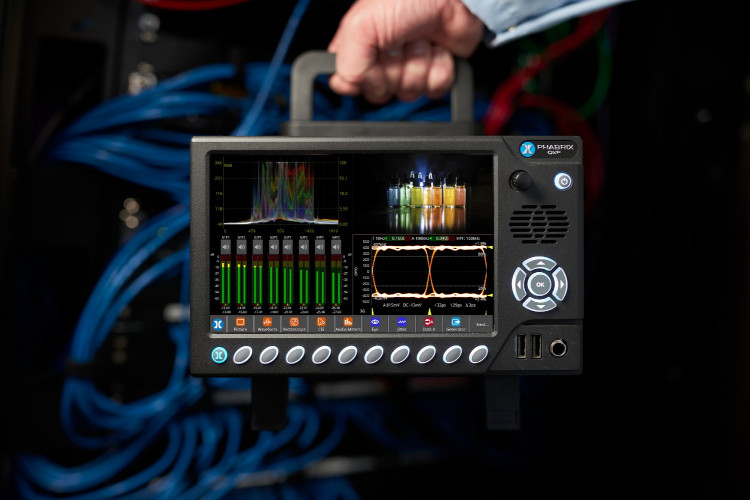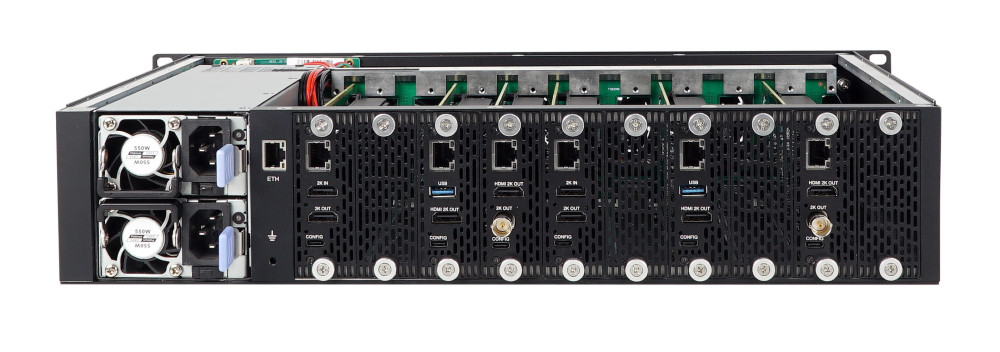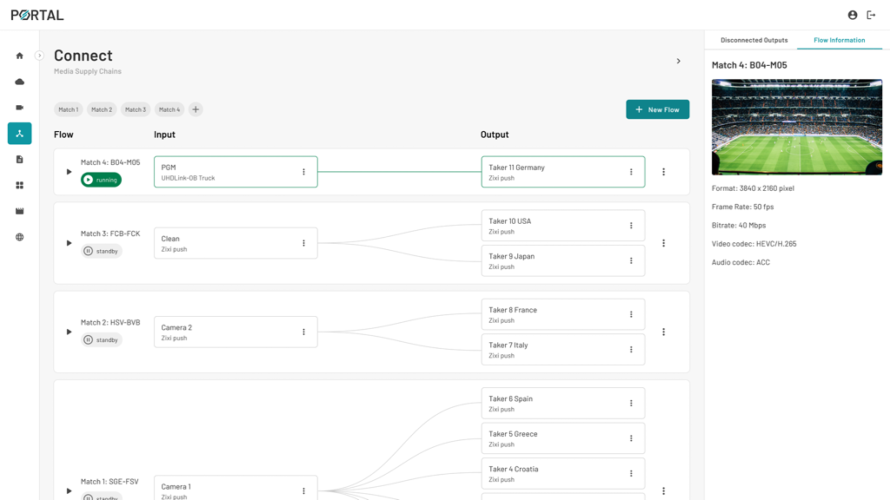by Andy Covey Issue 93 - September 2014
At the turn of the 21st century the concept of IP-based systems first started to emerge, and with all things new, there were those who said it couldn’t be done with intercom systems. Communication, some reasoned, was simply too important to trust to perceived IT infrastructure issues of bandwidth and latency limitations. There are those who still argue the point today.
To be fair, there was a lot of new information to digest and understand. Broadcast engineers weren’t familiar with IP gateways, subnet masks and the like, and IT folks often struggled to get to grips with broadcast workflows. However, in just a few years video and audio file transfer mechanisms have become the norm, which required more complex solutions to integrate fully with the latest workflow optimisation solutions. As part of that transition, the communications element has become an integral element of the workflow rather than a bolt-on. Much of this transition builds on the IP connectivity that is now being increasingly adopted throughout the industry. These IP networks are helping broadcasters and their customers adapt to different production requirements faster than ever and use smaller inventories far more efficiently.
If you compare an IP-based comms system with fourwire matrix technology, one major differentiator leaps out an IP-based intercom doesn’t require a purpose-built infrastructure. It can use an existing IT infrastructure to establish reliable connectivity and functionality between matrices over a LAN.
And as people begin to discover how easy and costeffective it is to send audio over IP, rather than via old- Communicating fashioned phone systems, microwave links, etc., the benefits become abundantly clear. Voice communication in an OB truck, for example, can be easily integrated with a station’s main intercom, all over IP, and that’s the crucial point about the benefits of an IP-based system - its ability to seamlessly interconnect multiple, and sometimes disparate, devices without having to rewire everything.
Trilogy has advocated the use of IP technology for intercoms since 1999 and launched the world’s first IPbased intercom system in 2001. Trilogy was also engaged for the best part of two years in an on-going dialogue with the EBU technical team that was formed to establish a common standard (EBU Tech Standard 3347) for intercom compatibility between manufacturers.
Trilogy also conceived and pioneered the “distributed matrix” concept for intercom systems. “Distributed matrix” is a subtly different concept from centralised IP-based comms matrices, so let me explain.
Imagine a large building that includes multiple studios, master control, edit suites, playout and many other areas, all of which are connected by a conventional four-wire system where cameras, interfaces, control panels and more have to be cabled back to a single matrix in a central apparatus room. This means that engineers have to pick their way through the entire building to run cables to a central point, usually quite some distance away. This is not only disruptive, it’s costly and time consuming.
With a distributed matrix system you can avoid all of that aggravation by putting three or four smaller matrices, i.e., “nodes” throughout the building, connect them with a multichannel digital audio device with built-in redundancy and establish an IP-based distributed comms matrix architecture. It’s an elegant and painless way to implement such a system that a great many broadcasters around the world are increasingly beginning to appreciate.
Although integrated digital media networks are becoming increasingly popular, some broadcasters are still reluctant to risk using a single network for audio, video, talkback and control and prefer, for example, to keep talkback on a separate IP network, which separates critical commentary and intercom feeds. This is in part because, despite the demonstrable advantages, there is still some lingering resistance related to the perception of IP issues around latency and reliability. We long ago found ways around these issues, which we have implemented, but some potential users are still sceptical. They shouldn’t be.
Intercom systems are more important than ever, ironically because fewer people need to use them, which actually makes reliable communication more critical. For those wishing to take a bigger part in the overall trend toward a smaller workforce and increased integration, a great way to achieve both is through an IP-based distributed matrix comms system.




































